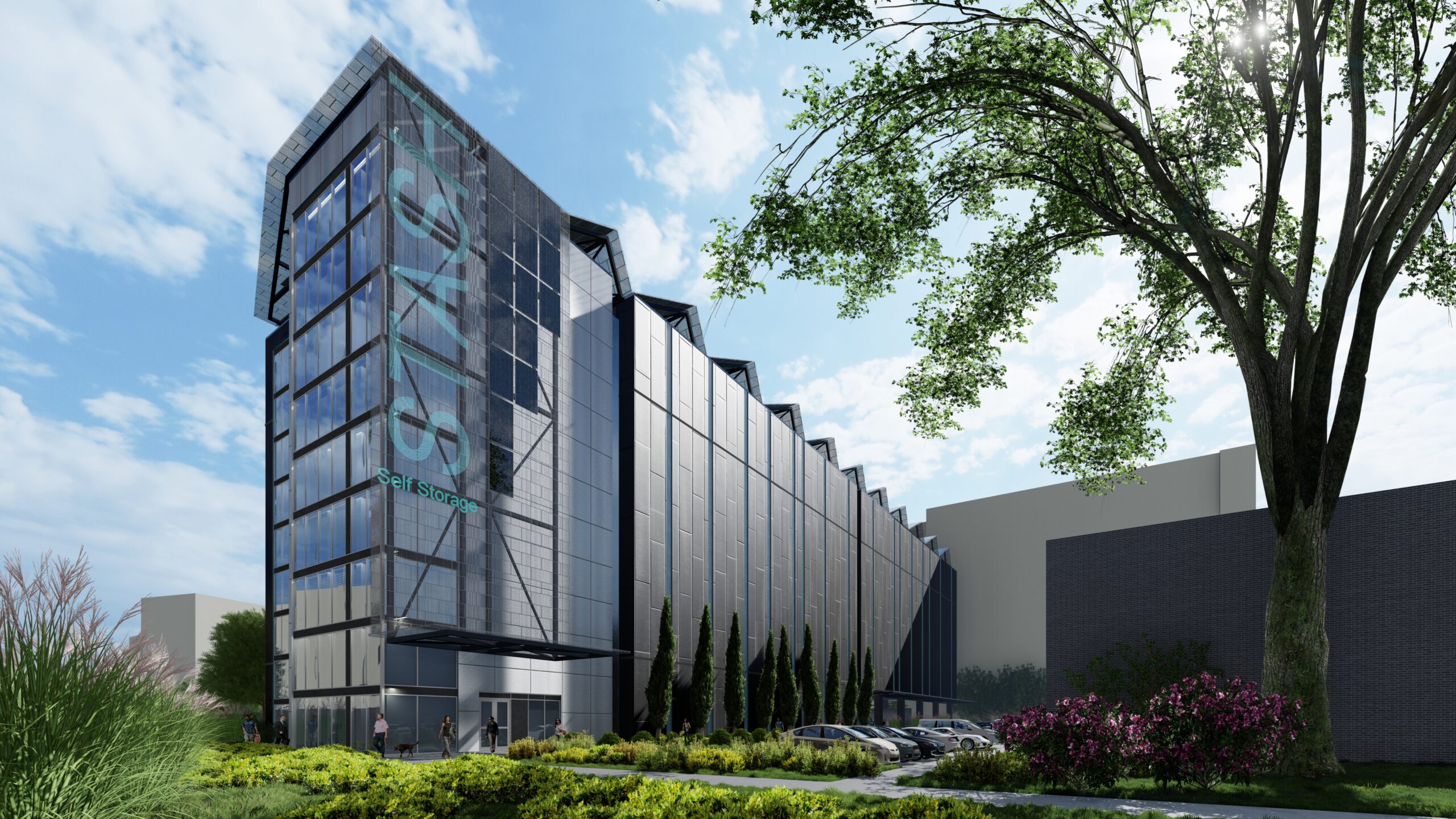When ODA Architecture was established in 1984, a large portion of our projects were performed using a Design-Build Approach. This arrangement was not common among architects, but ODA embraced this collaborative approach. Design-build has gained popularity over the last 40 years, offering many benefits to owners.
What is “Design-Build” and how can this strategy assist with controlling construction costs and reducing construction schedules? What are the advantages of design-build arrangements?
The design-build method involves the architect and contractor working together as one entity, with the contractor hiring the architect, engineers and specialty consultants. Matt Williams, President of Metrolina Builders, a Charlotte, NC design-build contracting firm, advocates that “assembling ALL relevant team members from the project onset provides a collaborative approach that is key to successful projects”.
Contrary to concerns, developers do not lose control of the architectural design process or pay more for construction than with the traditional design-bid-build process. The owner works closely with the architect during the design process while the contractor provides advice on construction costs at each design stage. Williams verifies that having the contractor engaged early “allows the developer to receive accurate, real-time construction costs at each stage of the design process”.
Design-build ensures a smooth transition of design concepts into the most cost-effective structure. The contractor provides “open book” pricing, procures 3 bids from all major trades and keeps the owner constantly apprised of current construction budgets. Many construction systems and materials have long lead times and the contractor is able to release key trades before the construction documents are completed, saving time in the construction schedule. Electrical switchgear, structural steel and HVAC systems have extended delivery times and the design-build approach assists with overcoming these challenges.
Established in 1993, The Design-Build Institute of America has seen the popularity of design-build continue to grow. It is estimated that approximately 47% of all commercial construction will be delivered through design-build arrangements by 2026, representing over $400 billion dollars of construction spending. Choosing experienced design-build partners who have a history of working together and embrace collaboration is crucial. Despite being a paradigm shift for many owners, the benefits of design-build are enormous and include controlled costs, timely decision making, fewer headaches during construction, and expedited delivery schedules.
What is “Design-Build” and how can this strategy assist with controlling construction costs and reducing construction schedules? What are the advantages of design-build arrangements?
The design-build method involves the architect and contractor working together as one entity, with the contractor hiring the architect, engineers and specialty consultants. Matt Williams, President of Metrolina Builders, a Charlotte, NC design-build contracting firm, advocates that “assembling ALL relevant team members from the project onset provides a collaborative approach that is key to successful projects”.
Contrary to concerns, developers do not lose control of the architectural design process or pay more for construction than with the traditional design-bid-build process. The owner works closely with the architect during the design process while the contractor provides advice on construction costs at each design stage. Williams verifies that having the contractor engaged early “allows the developer to receive accurate, real-time construction costs at each stage of the design process”.
Design-build ensures a smooth transition of design concepts into the most cost-effective structure. The contractor provides “open book” pricing, procures 3 bids from all major trades and keeps the owner constantly apprised of current construction budgets. Many construction systems and materials have long lead times and the contractor is able to release key trades before the construction documents are completed, saving time in the construction schedule. Electrical switchgear, structural steel and HVAC systems have extended delivery times and the design-build approach assists with overcoming these challenges.
Established in 1993, The Design-Build Institute of America has seen the popularity of design-build continue to grow. It is estimated that approximately 47% of all commercial construction will be delivered through design-build arrangements by 2026, representing over $400 billion dollars of construction spending. Choosing experienced design-build partners who have a history of working together and embrace collaboration is crucial. Despite being a paradigm shift for many owners, the benefits of design-build are enormous and include controlled costs, timely decision making, fewer headaches during construction, and expedited delivery schedules.
Let’s discuss turning your vision into a masterpiece!
Stephen F. Overcash (704) 905-0423 – Managing Principal,




